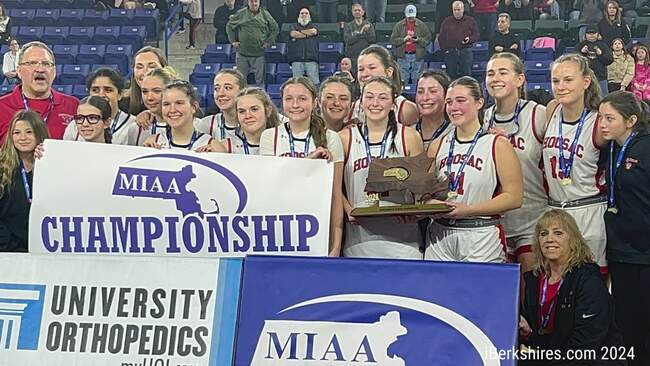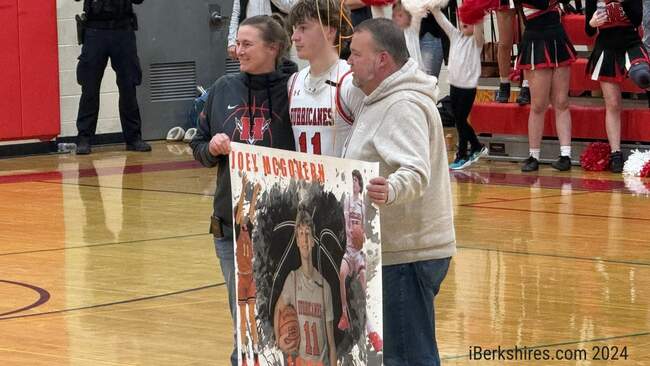Rockwell Museum Presents 'The Unknown Hopper'
.jpg) Edward Hopper's 'At the Theater' (1916-22) is one of the works being presented in Norman Rockwell Museum's 'The Unknown Hopper' this summer. Edward Hopper's 'At the Theater' (1916-22) is one of the works being presented in Norman Rockwell Museum's 'The Unknown Hopper' this summer. |
STOCKBRIDGE, Mass. — One hundred years ago, Norman Rockwell was 20 years old and fresh out of art school, yearning for success in the illustration field. Edward Hopper had found success, but wanted more.
Hopper's "Sailing" was being exhibited in the 1913 New York Armory Show, which had introduced Europe's avant-garde artists to America, standing the art world on its head as 90,000 visitors encountered modern art for the first time.
"Sailing's" inclusion had been a beacon for Hopper, who had been working as an illustrator for 12 years but who struggled to break free of the commercial constraints of a profession he did not enjoy. In contrast, young Rockwell by 1916 had landed his first cover commission for The Saturday Evening Post and embarked on a fruitful career.
In December 2013, artwork by Norman Rockwell and Edward Hopper set the all-time sales records for American paintings at auction, confirming the enduring popularity of these two artists from the 20th century.
This summer, Norman Rockwell Museum will present their early work side by side, offering a rare glimpse into their formative years before they embarked on divergent paths as painters.
"The Unknown Hopper: Edward Hopper as Illustrator" will be on view at Norman Rockwell Museum from June 7 through Oct. 26.
"Like Norman Rockwell, Edward Hopper had an obvious gift for narrative painting," said museum Director and CEO Laurie Norton Moffatt. "Both artists were extraordinarily adept at storytelling and depicting light. As a museum dedicated to the study of American illustration art, we are happy to showcase this little-known aspect of Hopper's career."
Born in Nyack, N.Y., Hopper (1882-1967) is recognized as one of the great American artists of the 20th century. Encouraged to study illustration by his parents, Hopper took courses at the Correspondence School of Illustrating and at the New York School of Art.
A very private individual, he left no written reflections on his two-decade career as an illustrator, even though he believed that an artist's mature development was linked to the work of his formative years.
Attracted to realist art, Hopper began producing etchings and painting urban and architectural scenes in a dark palette. Among his works are "Automat" (1927), "Chop Suey” (1929), "New York Movie" (1939), "Nighthawks" (1942), "Morning in a City" (1944), and 'Hotel by a Railroad" (1952).
"Many noted American modernists have successfully traversed the worlds of fine art and illustration, embracing innovation while satisfying, in unique and personal ways, the needs and wants of a broad popular audience," exhibition curator Stephanie Plunkett said. "'The Unknown Hopper' will offer a unique look at attitudes toward art and the crosscurrents of contemporary commercial society during the early to mid-20th century.”
"The Unknown Hopper" will present a comprehensive study of Hopper's nearly 20-year illustration career, featuring more than 50 original drawings and paintings. These include works from the Whitney Museum of American Art, through a bequest from the artist's wife, Josephine Verstille Nivison Hopper, the New Britain Museum of American Art, Mead Art Museum, Museum of Fine Arts of Boston, and other collections.
Also included are original paintings and illustrations by Hopper's fellow students and teachers, among them C. Coles Phillips, John Sloan and Robert Henri, establishing an artistic and historic context for his career, which began in Phillip's New York agency in 1906.
The exhibition is accompanied by an illustrated catalog featuring commentary by Gail Levin, distinguished professor of art history, American Studies, and Women's Studies at the Graduate Center and Baruch College of the City University of New York. The acknowledged authority on Edward Hopper, she is the author of many books including a four-volume annotated listing (1995), "Edward Hopper as Illustrator" (1979), and "Edward Hopper: An Intimate Biography" (1995), which appeared in a second expanded edition in 2007.
Levin will speak about her biography of Hopper during a lecture at the museum on Thursday, July 24, at 5:30 p.m.
"The Unknown Hopper: Edward Hopper as Illustrator" is made possible, in part, through support from the National Endowment for the Arts, Carol Konner, Deanna & Jordan Berman, and the Elayne P. Bernstein Fund at the Community Foundation of Sarasota County.
Tags: exhibit, Rockwell Museum,















